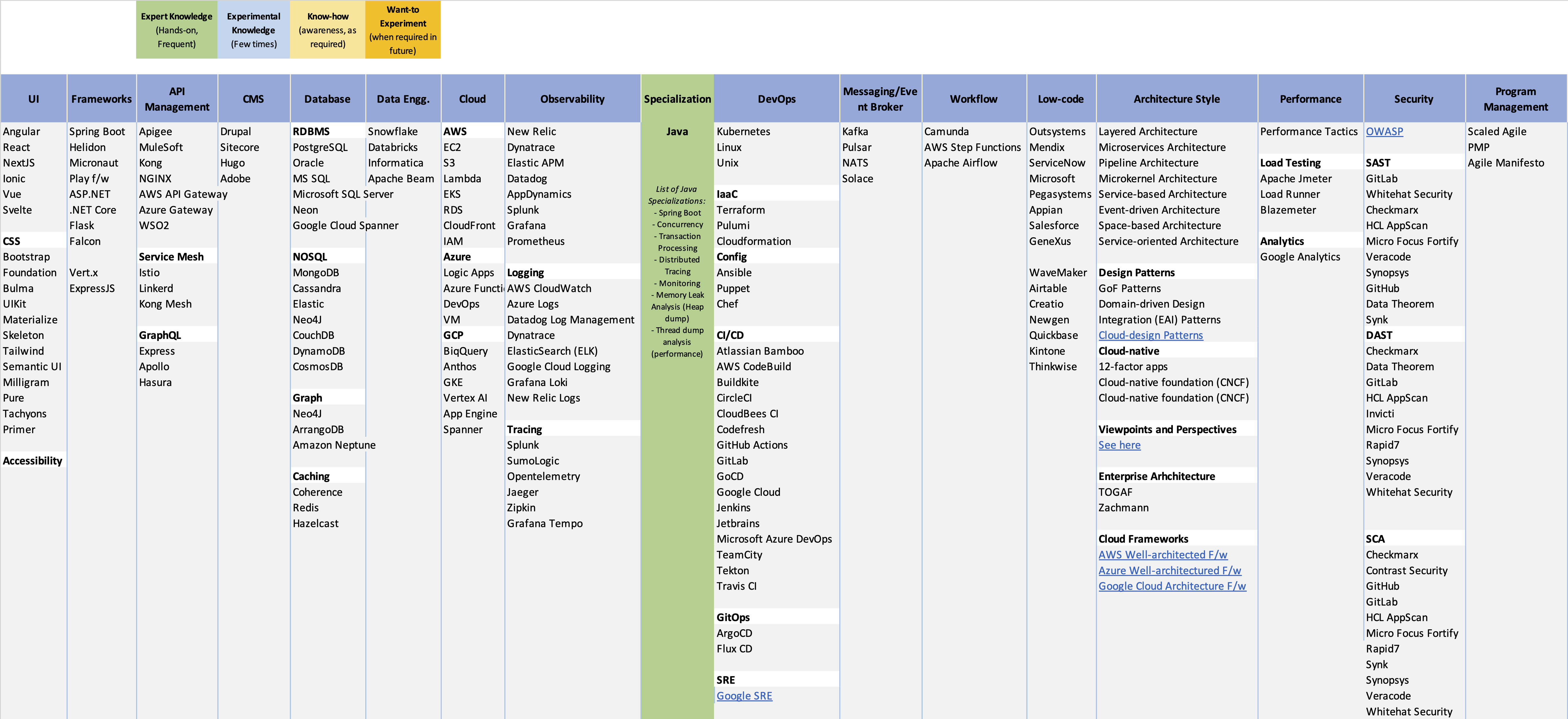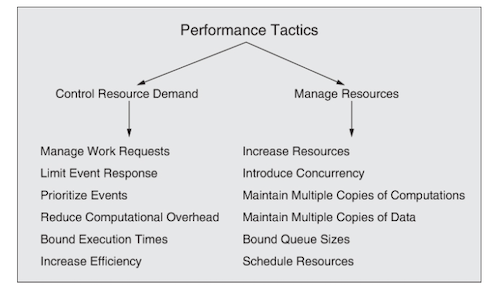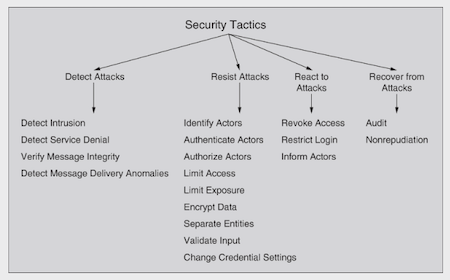A repository to enlist broader technology knowledge a T-shaped software architect is recommended to aspire for.
- A software architect's knowledge base needs to be constantly expanded in the modern environment of rapidly evolving technological dynamics.
T-shaped skills: The vertical bar on the letter T represents the depth of related skills and expertise in a single field, whereas the horizontal bar is the ability to collaborate across disciplines with experts in other areas and to apply knowledge in areas of expertise other than one's own. Wikipedia definiton of a T-shaped skills
- Applying the above concept of T-shaped skills to a software architect, you can focus on certain areas of technology (such as frontend, backend or full-stack up to certain extent) as a specialist but need to have a broader understanding other technology spectrum.
- Specialization in Java/Python/Golang/JavaScript or any other programming language
- Specialization in web programming, data engineering, machine learning, or other subject areas
- You can choose from the below broader knowledge areas and make one or more as your specialization.
You can broadly classify your knowledge level into 4 different buckets:
- Expert Knowledge: Classify a technology in this area when you are hands-on for more than 3+ years and have in-depth knowledge.
- Experimental Knowledge: Classify a technology in this area when you are hands-on for more than 1+ years and have basic knowledge.
- Know-how: Classify a technology in this area when you are understand the technology and used it on need basis.
- Want-to Experiment: Classify a technology in this area when you want to aspire to learn it in near future.
- The intention is not to enlist every technology and keeping it to 3-7 (currently pupular) in each area.
- Note that this is a community-driven decision and based on observations from the group of people. There is no statistical data available to support this.
- Angular
- React
- NextJS
- Ionic
- Vue
- Svelte
- Bootstrap
- Foundation
- Bulma
- UIKit
- Materialize
- Skeleton
- Tailwind
- Semantic UI
- Milligram
- Pure
- Tachyons
- Primer
- Spring Boot
- Helidon
- Micronaut
- Play f/w
- ASP.NET
- .NET Core
- Flask
- Falcon
- Vert.x
- ExpressJS
- Gokit
- Apigee
- MuleSoft
- Kong
- NGINX
- AWS API Gateway
- Azure Gateway
- WSO2
- Express
- Apollo
- Hasura
- Istio
- Linkerd
- Kong Mesh
- PostgreSQL
- Oracle
- MS SQL
- Microsoft SQL Server
- Neon
- Google Cloud Spanner
- MongoDB
- Cassandra
- Elastic
- Neo4J
- CouchDB
- DynamoDB
- CosmosDB
- Neo4J
- ArrangoDB
- Amazon Neptune
- Redis
- Hazelcast
- Oracle Coherence
- Apache Ignite
- Gigaspaces
- AWS ElasticCache
- Azure Cache
- Google Cloud Memorystore
- Snowflake
- Databricks
- Informatica
- Apache Beam
- Apache Spark
- Apache Airflow
- Kafka
- Pulsar
- RabbitMQ
- NATS
- Solace
- AWS Well-architected Framework
- Azure Well-architectured Framework
- Google Cloud Architecture Framework
- EC2
- S3
- Lambda
- EKS
- RDS
- CloudFront
- IAM
- Logic Apps
- Azure Function
- DevOps
- VM
- BiqQuery
- Anthos
- GKE
- Vertex AI
- App Engine
- Spanner
- New Relic
- Dynatrace
- Elastic APM
- Datadog
- AppDynamics
- Splunk
- Grafana
- AWS CloudWatch
- Azure Logs
- Datadog Log Management
- Dynatrace
- ElasticSearch (ELK)
- Google Cloud Logging
- Grafana Loki
- New Relic Logs
- Prometheus
- New Relic
- Dynatrace
- Datadog
- AppDynamics
- Splunk
- Splunk
- SumoLogic
- Opentelemetry
- Jaeger
- Zipkin
- Grafana Tempo
- GKE
- EKS
- AKS
- Red Hat OpenShift
- Terraform
- Pulumi
- Cloudformation
- Ansible
- Puppet
- Chef
- Atlassian Bamboo
- CircleCI
- CloudBees CI
- Codefresh
- GitHub Actions
- GitLab
- GoCD
- Jenkins
- Jetbrains
- TeamCity
- Tekton
- Travis CI
- ArgoCD
- Flux CD
- Google SRE Practices
- Camunda
- AWS Step Functions
- Apache Airflow
- Outsystems
- Mendix
- ServiceNow
- Microsoft
- Pegasystems
- Appian
- Salesforce
- GeneXus
- WaveMaker
- Quickbase
Reference: Software Architecture in Practice Book
- Apache Jmeter
- Load Runner
- Blazemeter
- Google Analytics
- Google Tag Manager
- The Open Web Application Security Project(OWASP) Top 10
- The Open Source Software Security Foundation
Reference: Software Architecture in Practice Book
- GitLab
- Whitehat Security
- Checkmarx
- HCL AppScan
- Micro Focus Fortify
- Veracode
- Synopsys
- GitHub
- Data Theorem
- Synk
- Checkmarx
- Data Theorem
- GitLab
- HCL AppScan
- Invicti
- Micro Focus Fortify
- Rapid7
- Synopsys
- Veracode
- Whitehat Security
- Checkmarx
- Contrast Security
- GitHub
- GitLab
- HCL AppScan
- Micro Focus Fortify
- Rapid7
- Synk
- Synopsys
- Veracode
- WhiteHat Security
- Layered Architecture
- Microservices Architecture
- Pipeline Architecture
- Microkernel Architecture
- Service-based Architecture
- Event-driven Architecture
- Space-based Architecture
- Service-oriented Architecture
- GoF Patterns
- Domain-driven Design
- Integration (EAI) Patterns
- Cloud-design Patterns
- Cloud-native Patterns
- The Twelve-factor App
- TOGAF
- Zachman




